A data centre is a facility that centralizes an organization’s shared IT operations and equipment for the purposes of storing, processing, and disseminating data and applications. Though we, as users, often do not have an idea where our data are stored, data centres are utterly integral to modern society, emerging as a crucial piece of infrastructure and industrial architecture. Contemporary data centre architecture comprises colossal structures, shaped by the need to provide space for thousands of pieces of equipment, together with the security and cooling requirements. Engineering sustainable and efficient data centres is the next design frontier for architects worldwide.
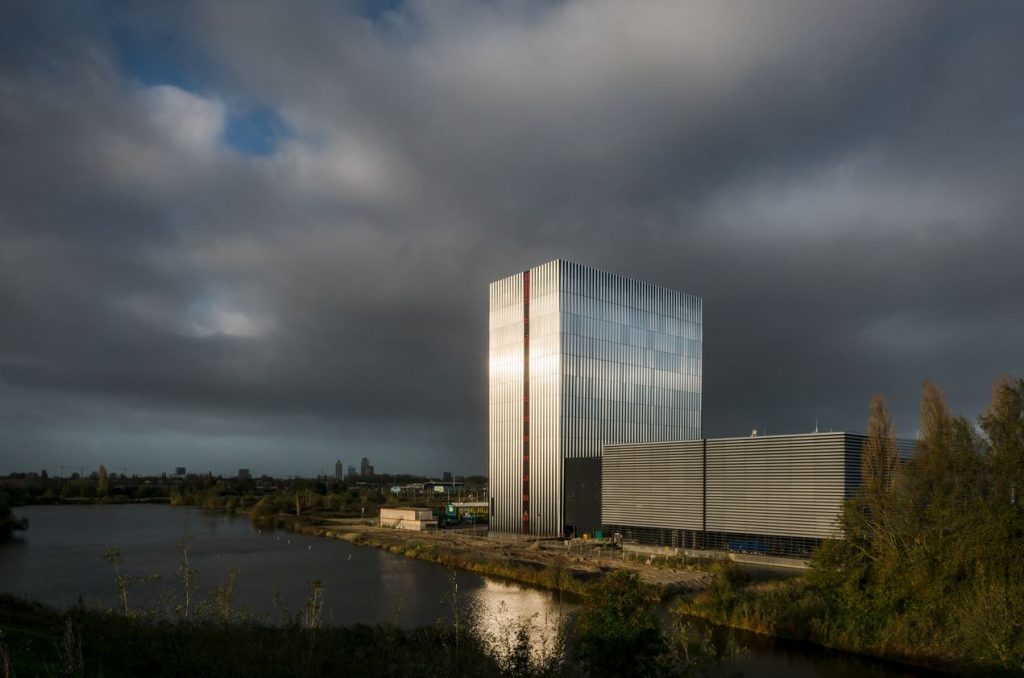
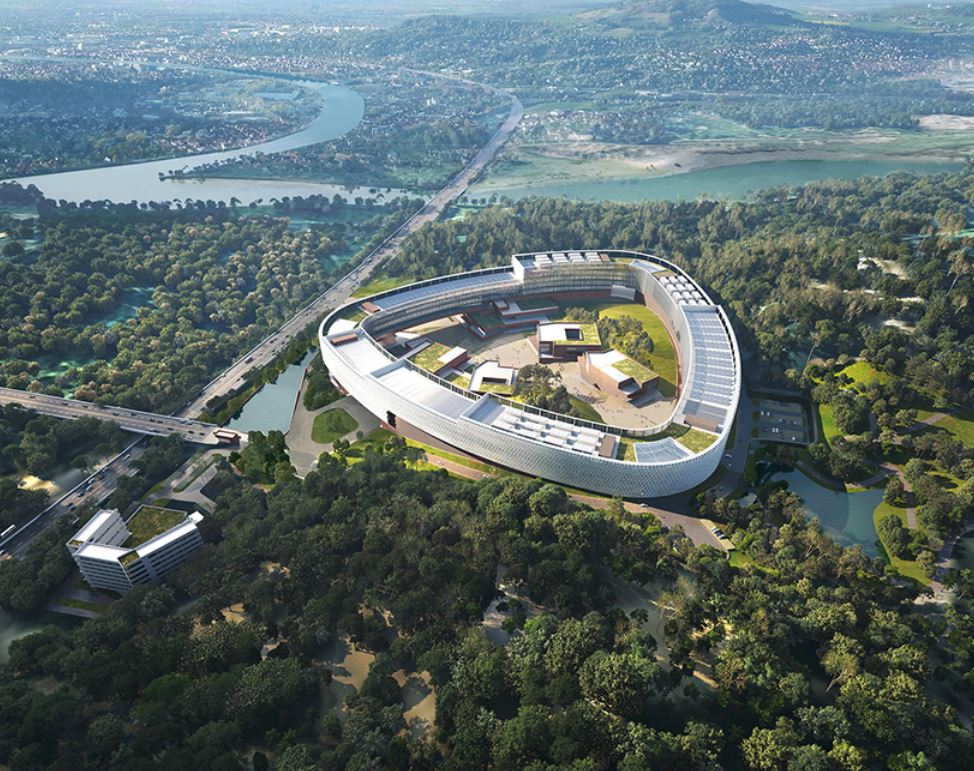
Cloud Ring data centre by Behive Design
Shanghai-based architecture practice Behive Design has developed a data centre solution that is both efficient and sustainable for Naver, the largest internet enterprise in Korea. Titled Cloud Ring, the project takes its name after its two-part structure, consisting of an outer and an inner ring. While the outer ring housing the server rooms and their mechanical space hovers above the valley, the inner one is formed by a village-like cluster of amenity buildings – a control centre, a conference centre, a learning centre, and an exhibition space.
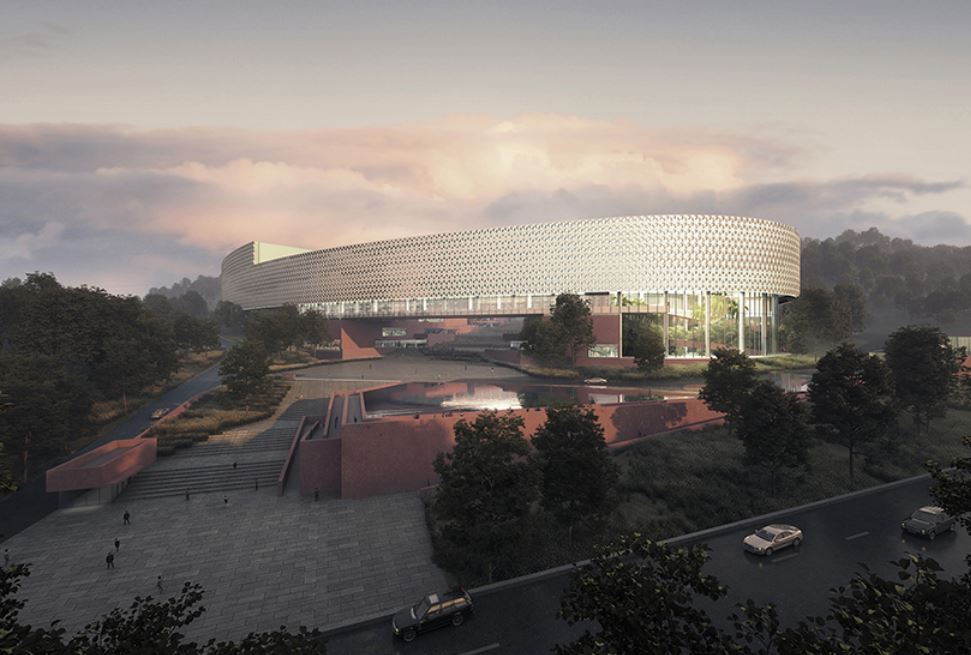

Cloud Ring data centre by Behive Design
The outer ring is elevated, making the layout of the server rooms more efficient, as it avoids the disadvantage of the inclined terrain. In the meantime, the volumes cascading down the valley adapt easily to the topography minimizing the groundwork of the project.

Cloud Ring data centre by Behive Design
The difference between the two rings is enhanced through the materiality. The inner ring is finished in tinted concrete, which makes it blend harmoniously within the landscape. Contrastingly, the outer ring features a delicate elegantly patterned perforated screen that generates a signature exterior appearance for the building. The latticed façade doubles as a purification mechanism, as the air gets purified flowing through the integrated water curtain system before entering the server room.
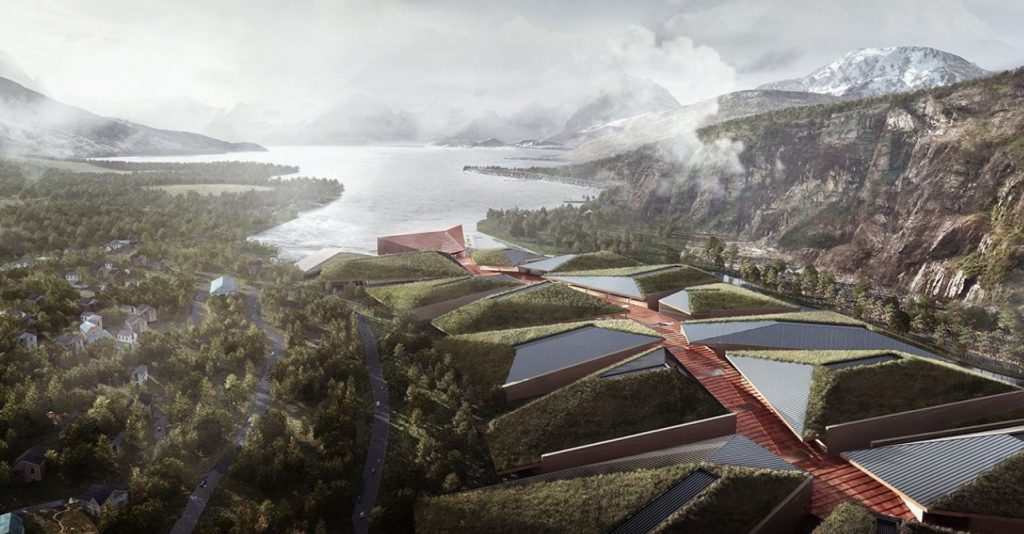
Kolos data centre by HDR
Designing the Kolos data centre in Ballangen, Arctic region of Norway, global architecture and engineering firm HDR has taken cues from the surrounding fjord setting. Beautifully integrated into the natural landscape and community, the volumes of the building are arranged along a central spine in order to ‘to mimic a glacier’s movement as it displaces swaths of land, like a mountain’. Covered in green roofs, the spine emerges as a public element clad in copper, a reference to the area’s copper mining history.
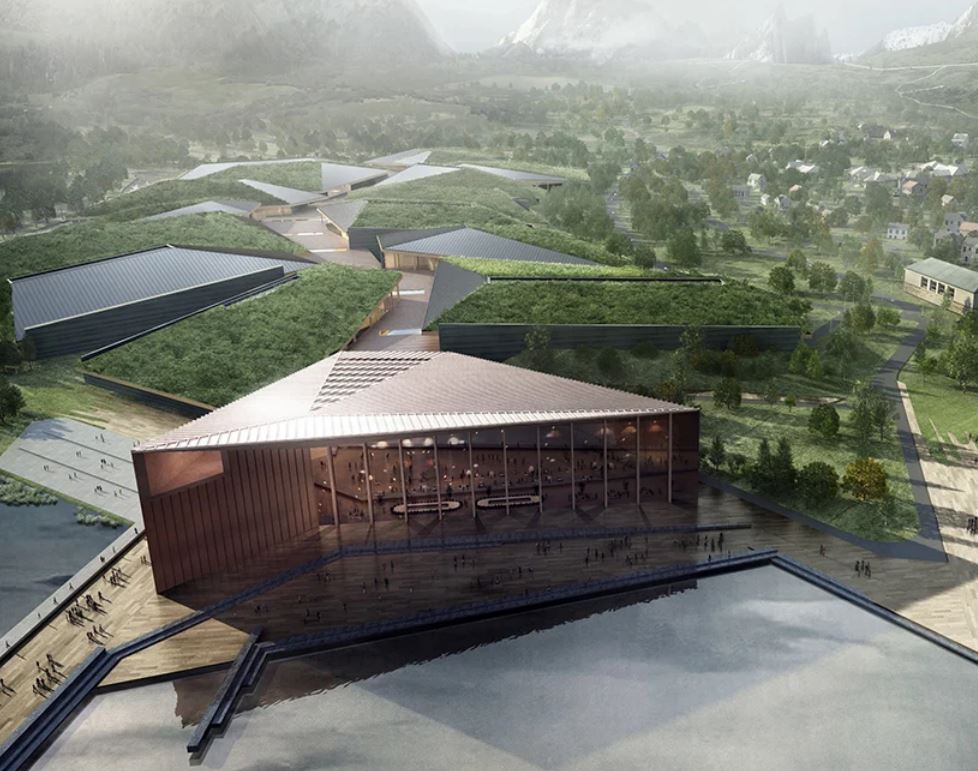
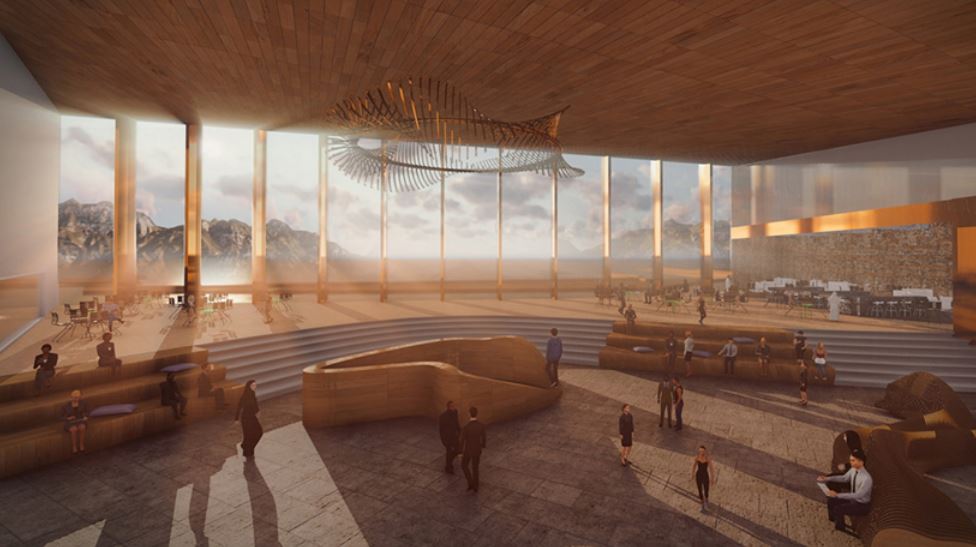
Kolos data centre by HDR
Kolos was projected to be the largest and most sustainable source of computing power in the world powered entirely by renewable energy sourced from hydropower stations and wind farms. Taking advantage of the country’s competitive green energy, cool climate and large technical workforce, it was set to consume more than 1GW of power. However, in 2018, Hive Blockchain bought the location from Kolos. The deal precipitates a considerable change of direction: instead of colocation, the site will now house cryptocurrency mining equipment.
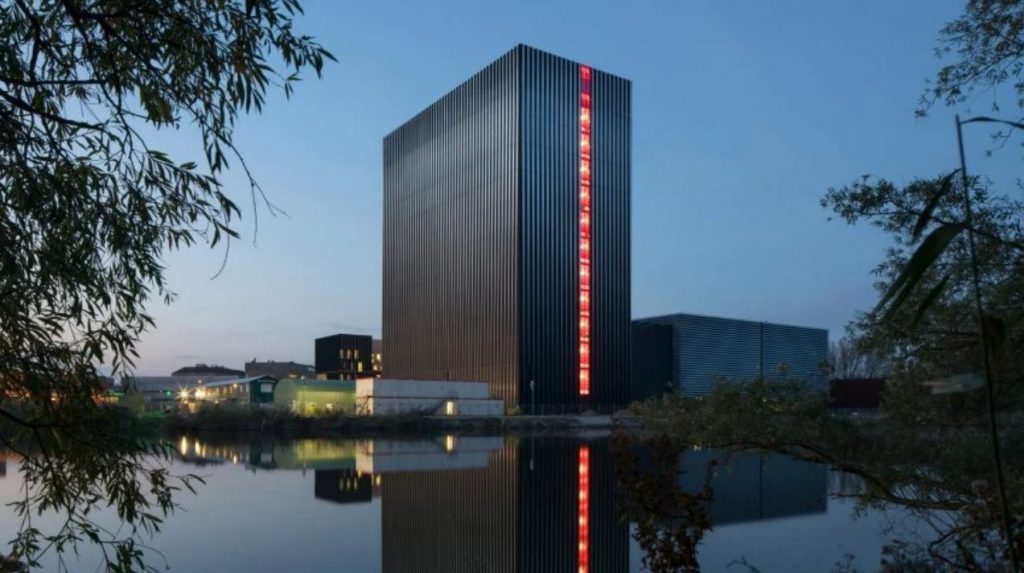
Data centre Equinix AM3/AM4 by Benthem Crouwel Architects (also header image)
AM4 tower for global networks specialist Equinix was developed by local studio Benthem Crouwel Architects with offices in Amsterdam and Düsseldorf as an addition to the smaller AM3 data centre. Both are located at the Amsterdam Science Park – an academic campus where around 38 per cent of all Dutch data traffic is processed.

Data centre Equinix AM3/AM4 by Benthem Crouwel Architects
The team aimed to improve the connection between the new building and its context by implementing a design that feels secure yet welcoming. Instead of making it fortress-like and using barbed wire and other conventional security measures, they dug a moat-like canal and added bridges across it for staff and visitors to access the two data centres.
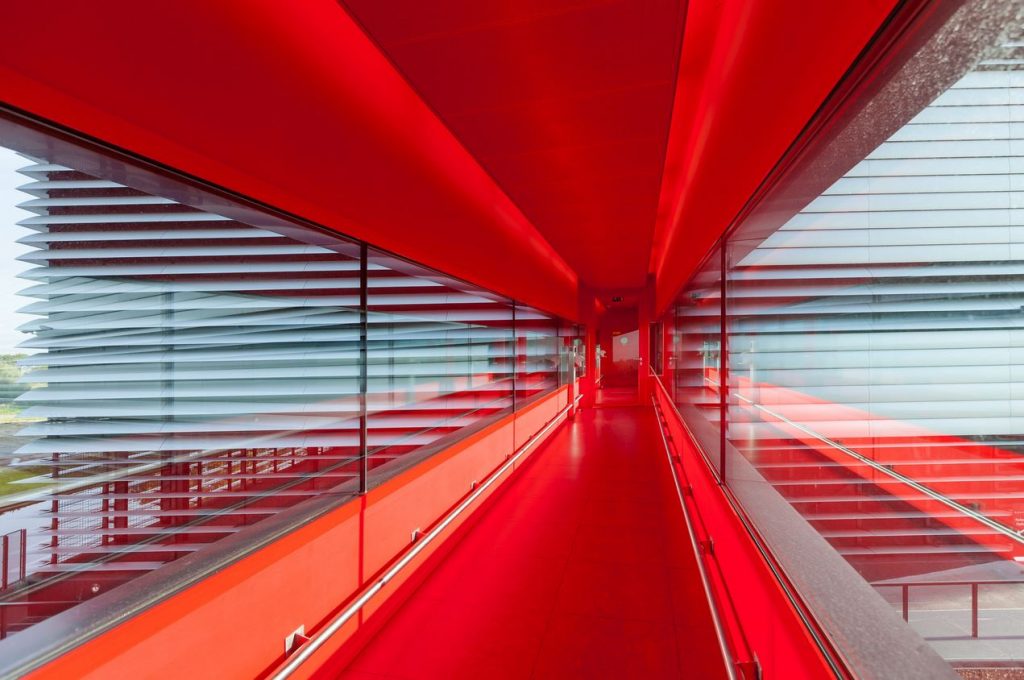
Data centre Equinix AM3/AM4 by Benthem Crouwel Architects
Clad in triangular aluminium profiles, which are black on one side and silver on the other, the exterior is grand, clean and cool: it resembles a large hard disk, with horizontal slants passing the air from the cooling system. The vertical metal surfaces become thinner as they extend upwards, creating an optical illusion that causes the building to appear slimmer.

Data centre Equinix AM3/AM4 by Benthem Crouwel Architects
Heat generated by equipment within the data centre is stored and used by other buildings within the science park.